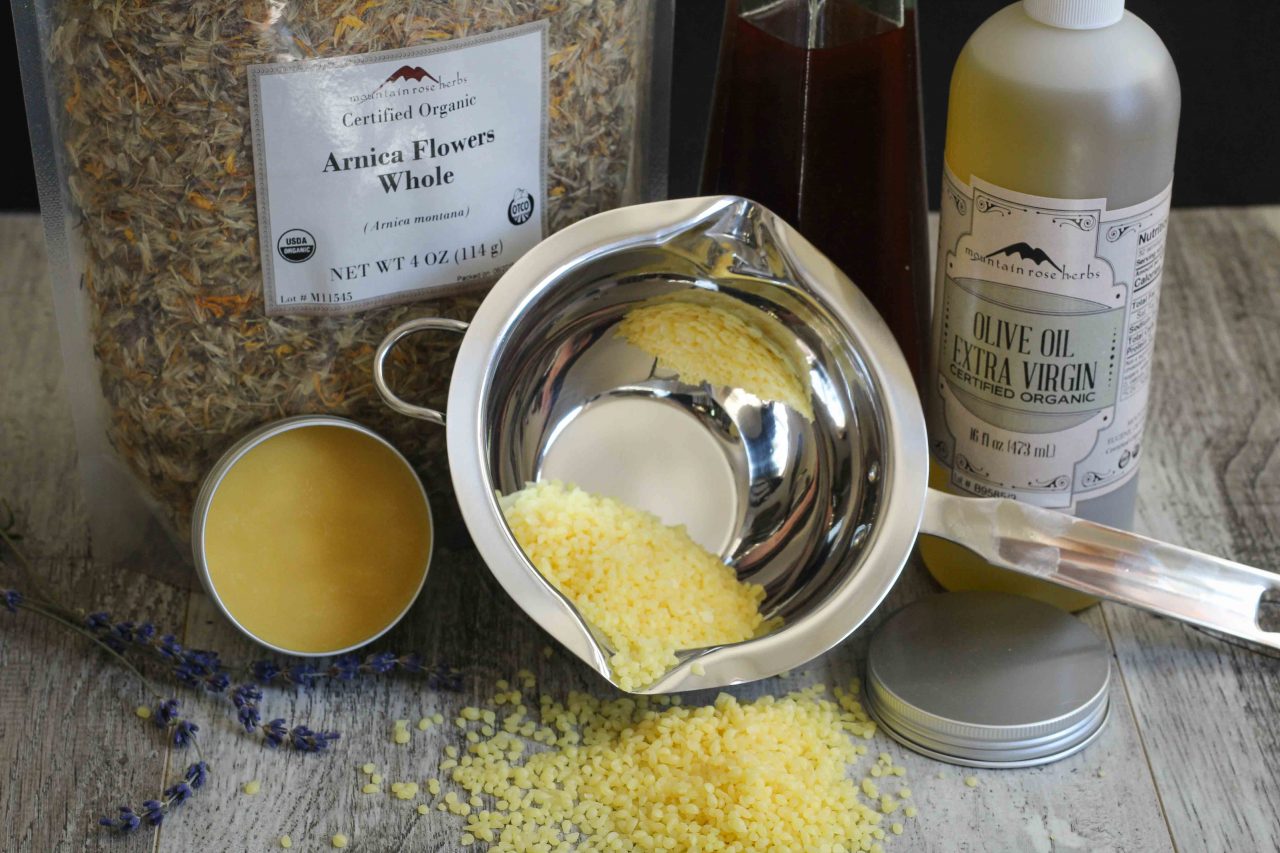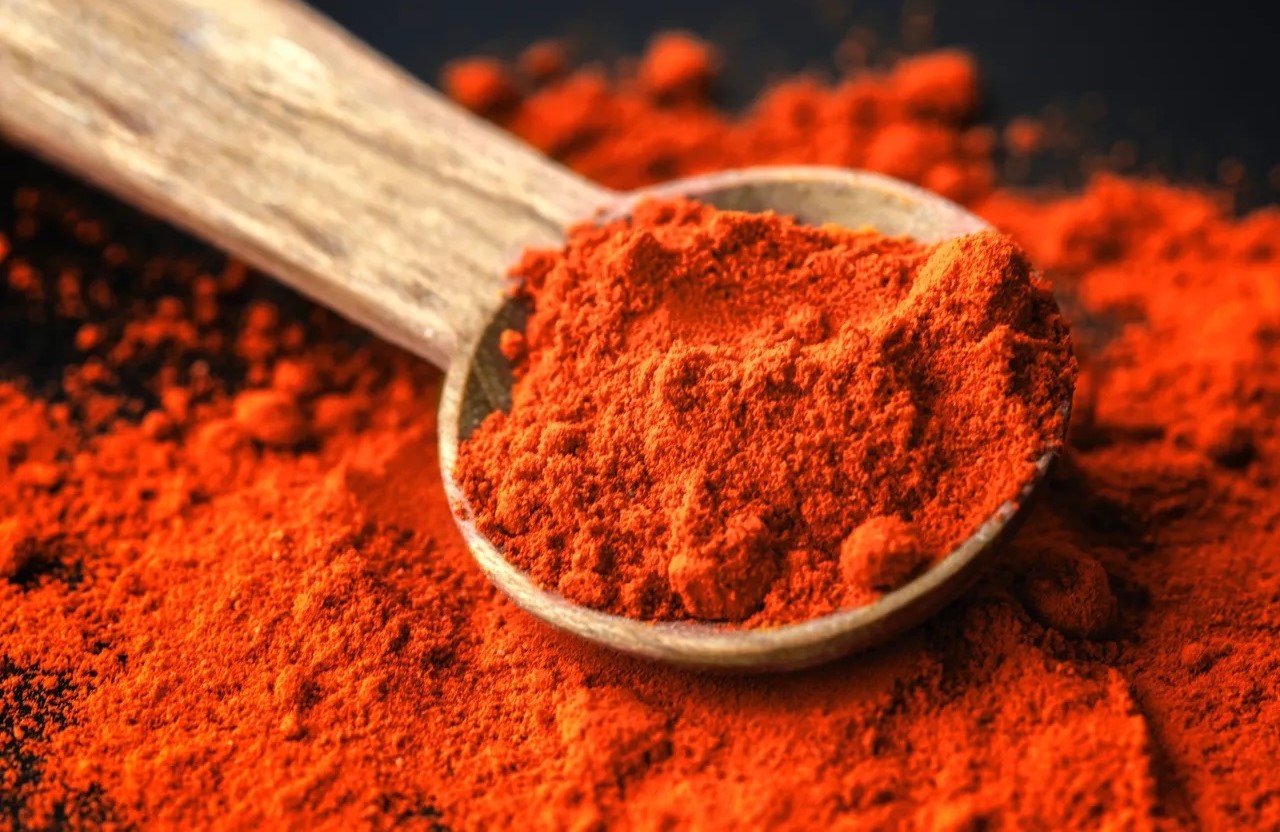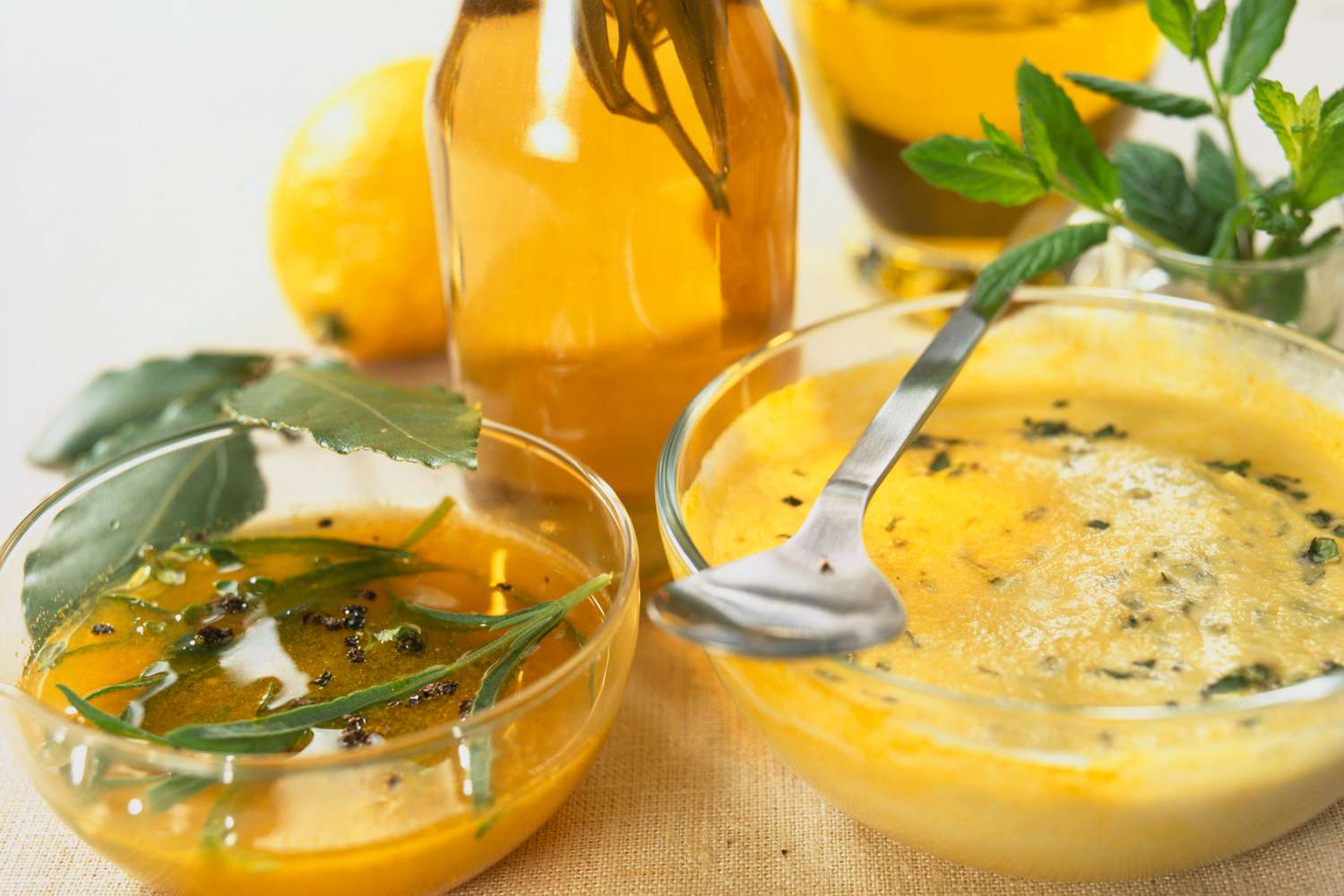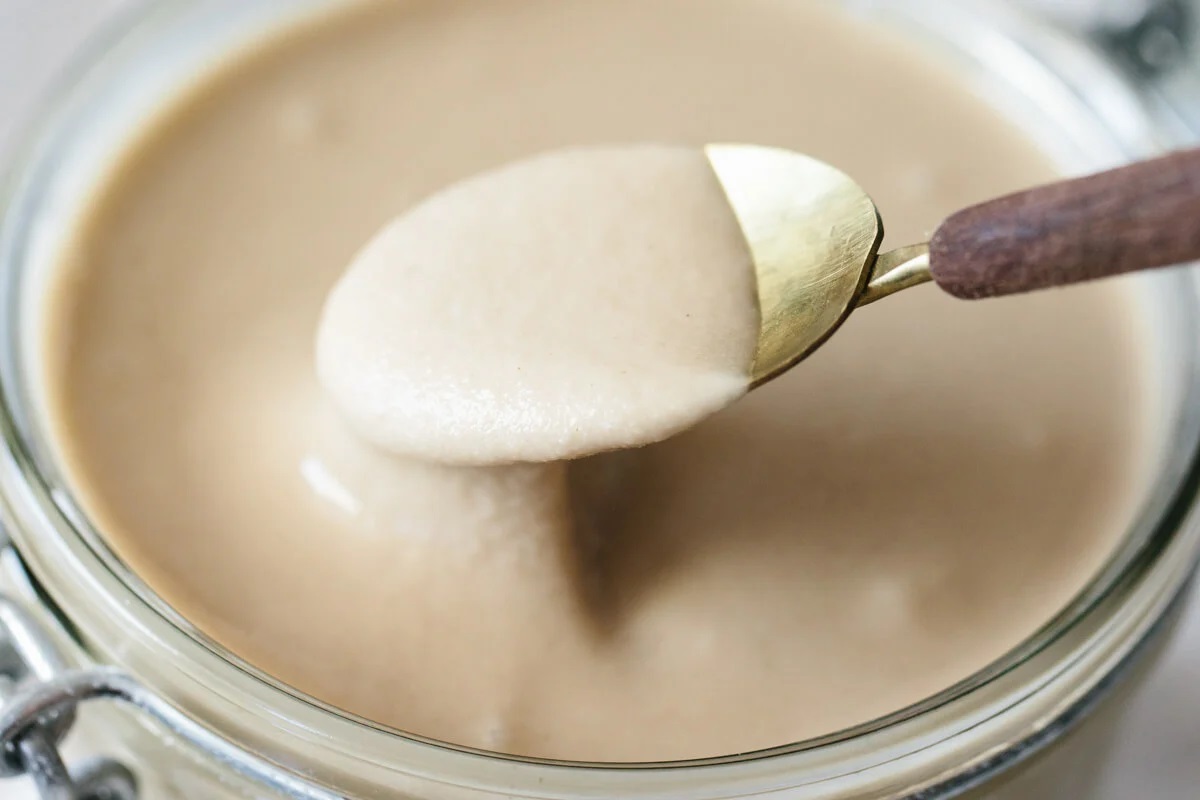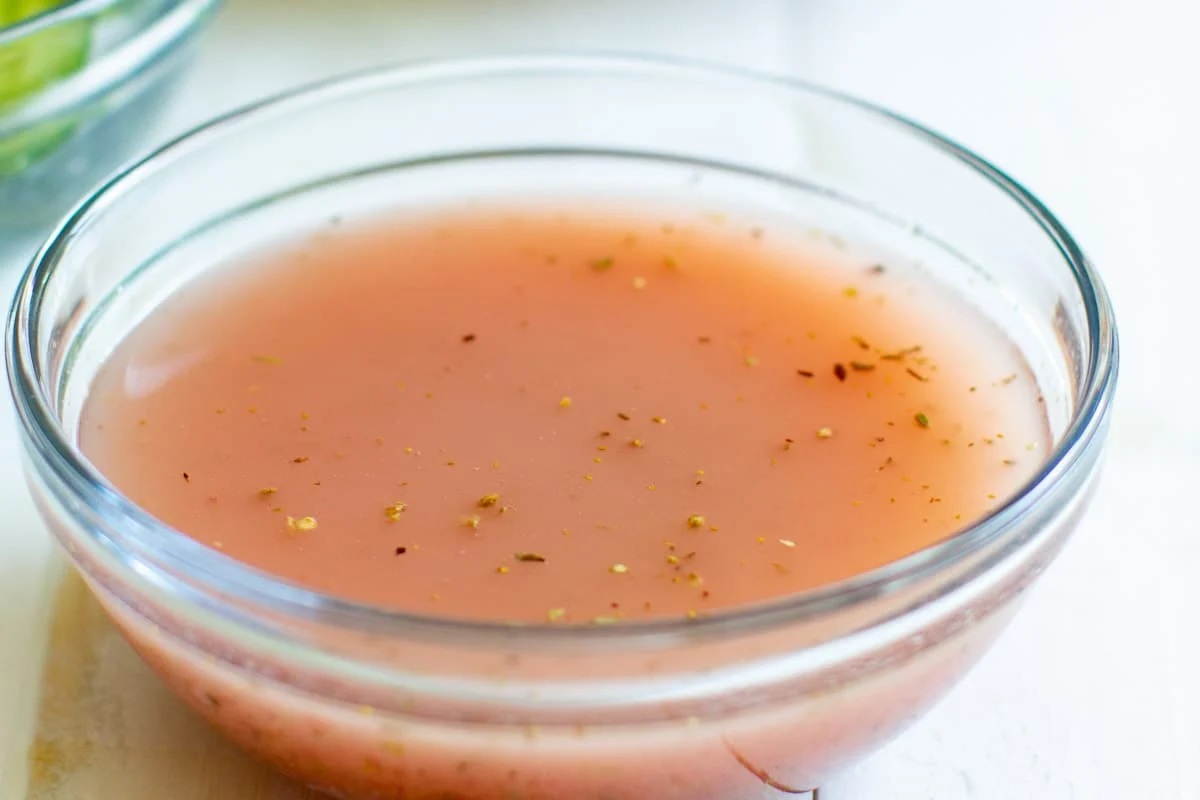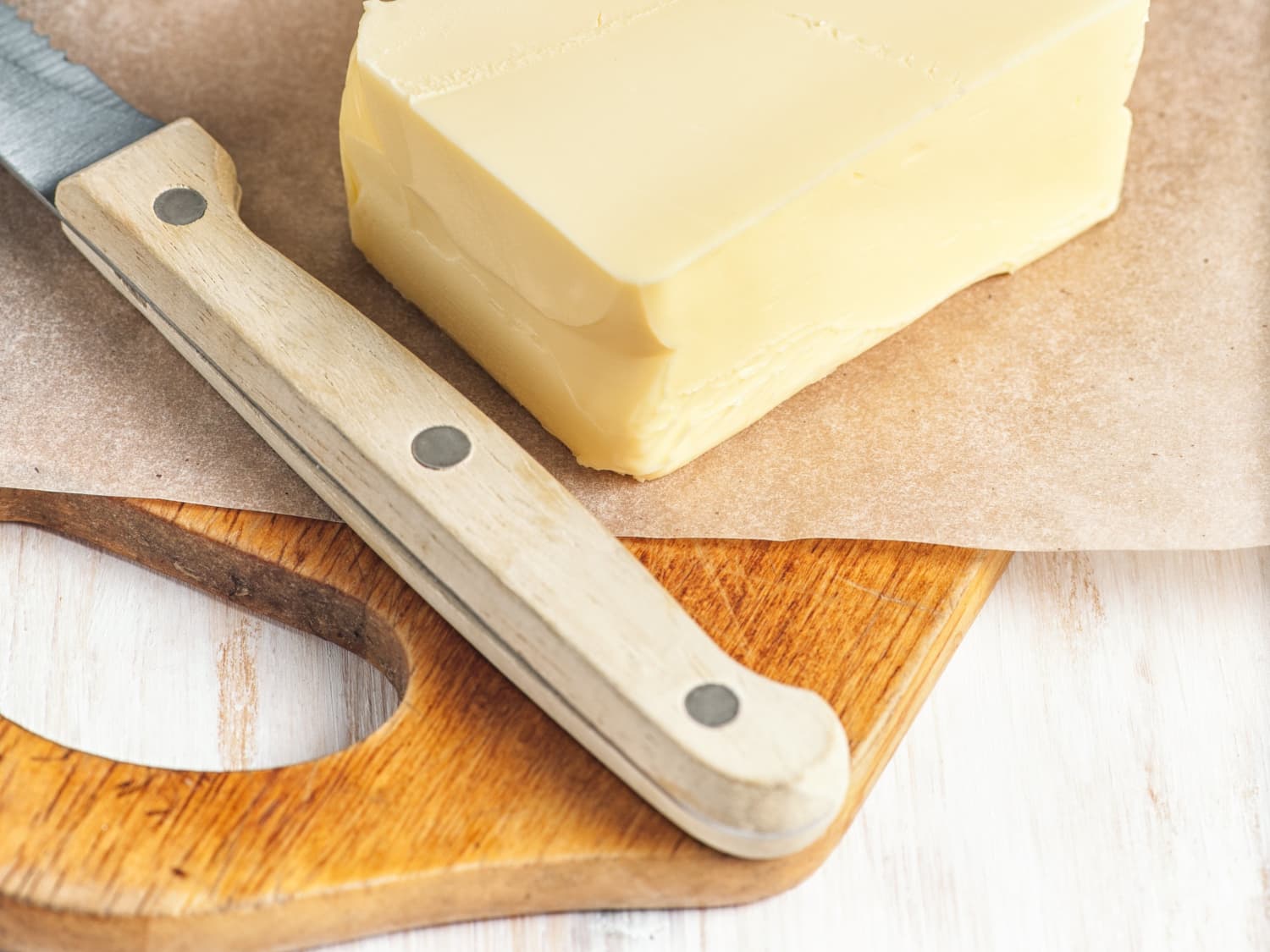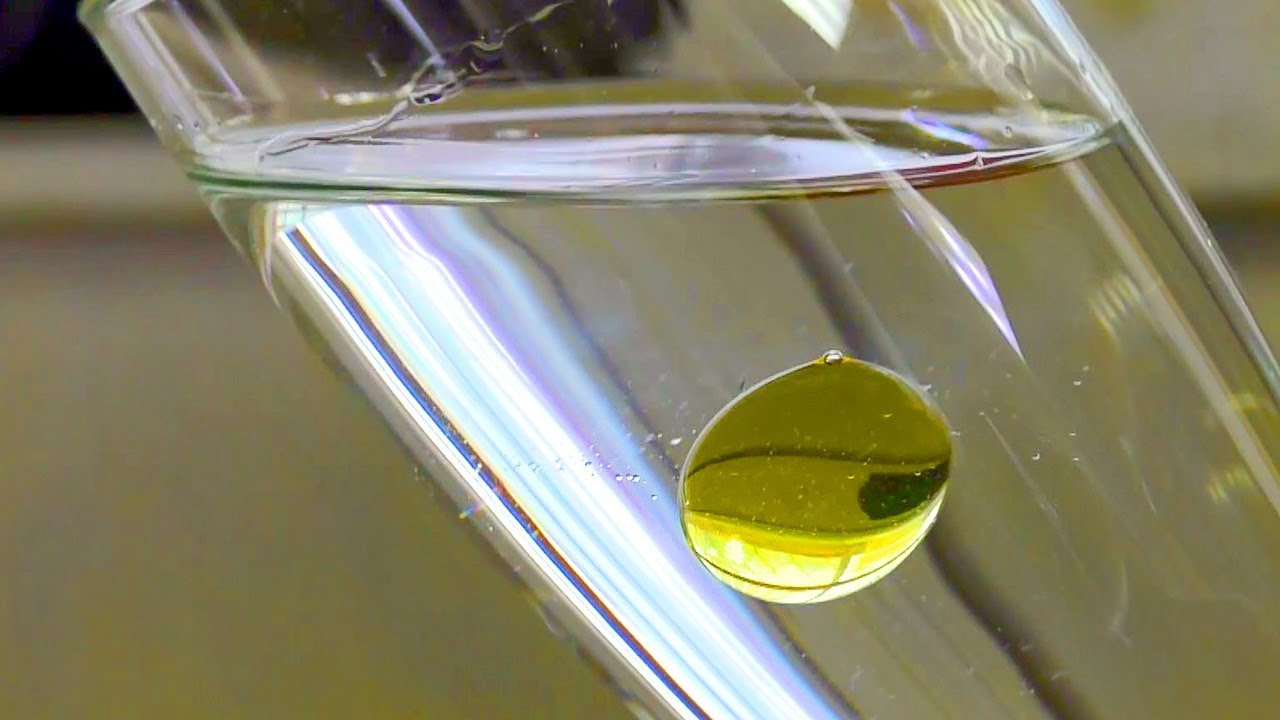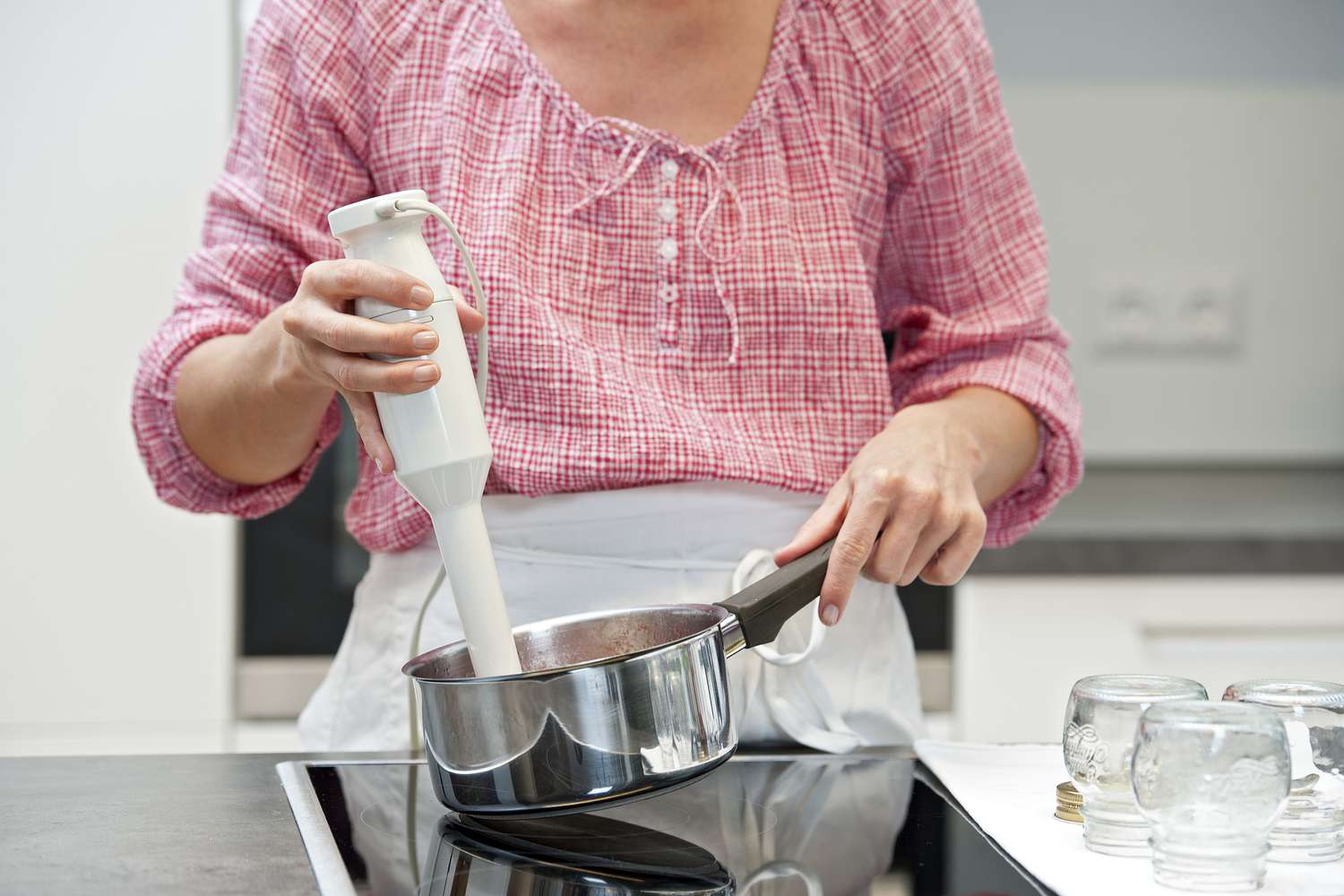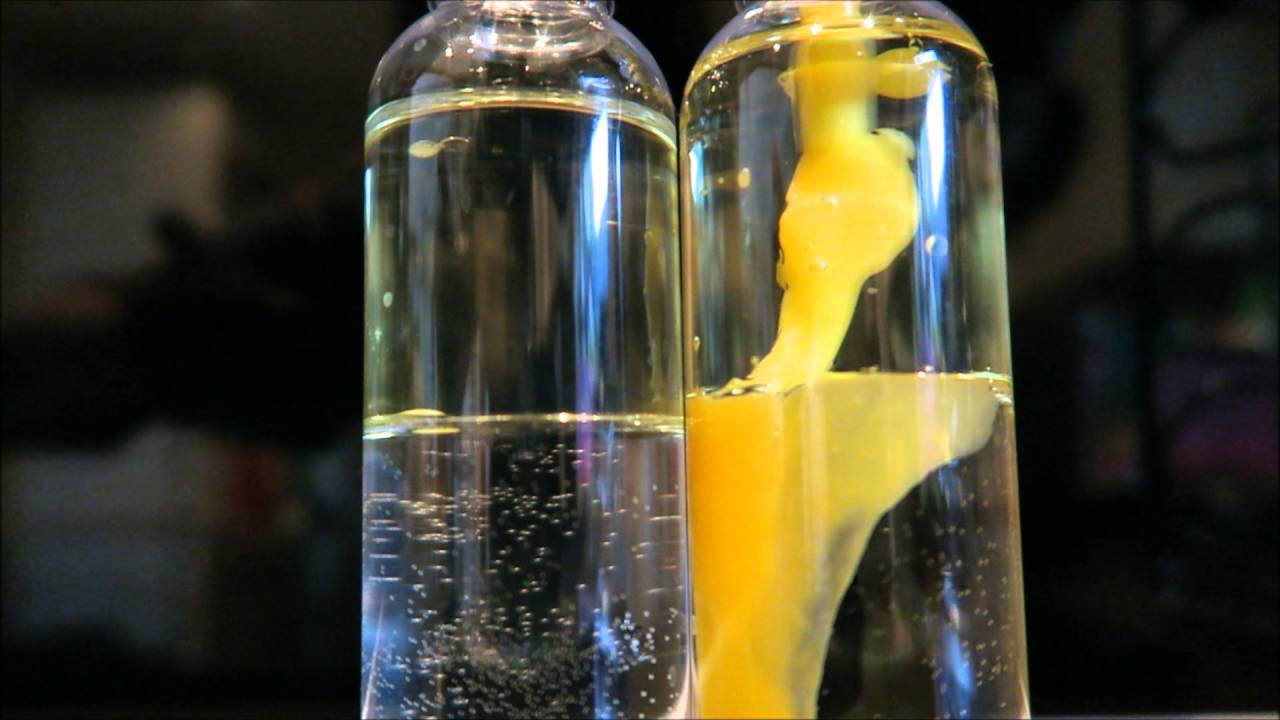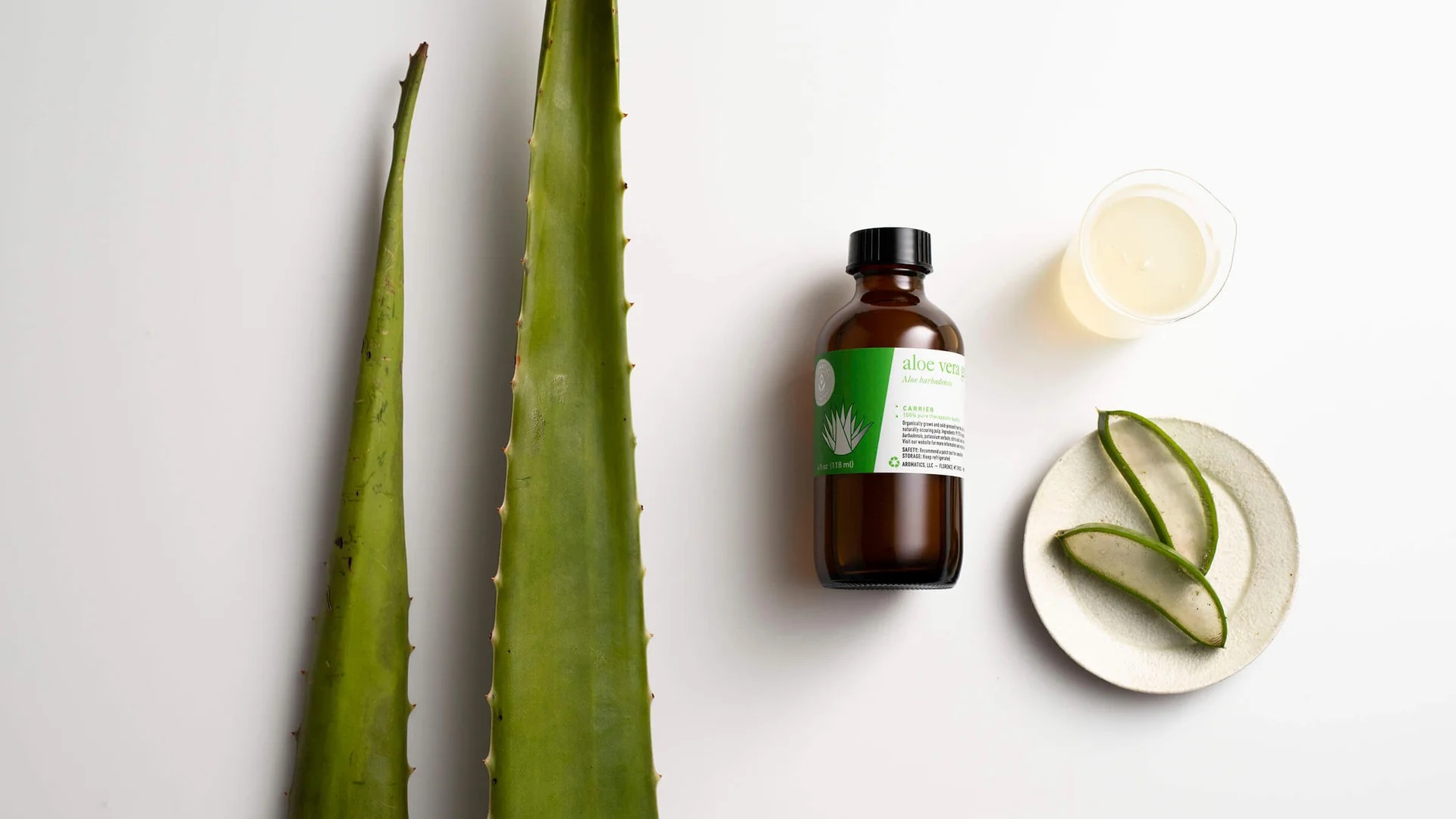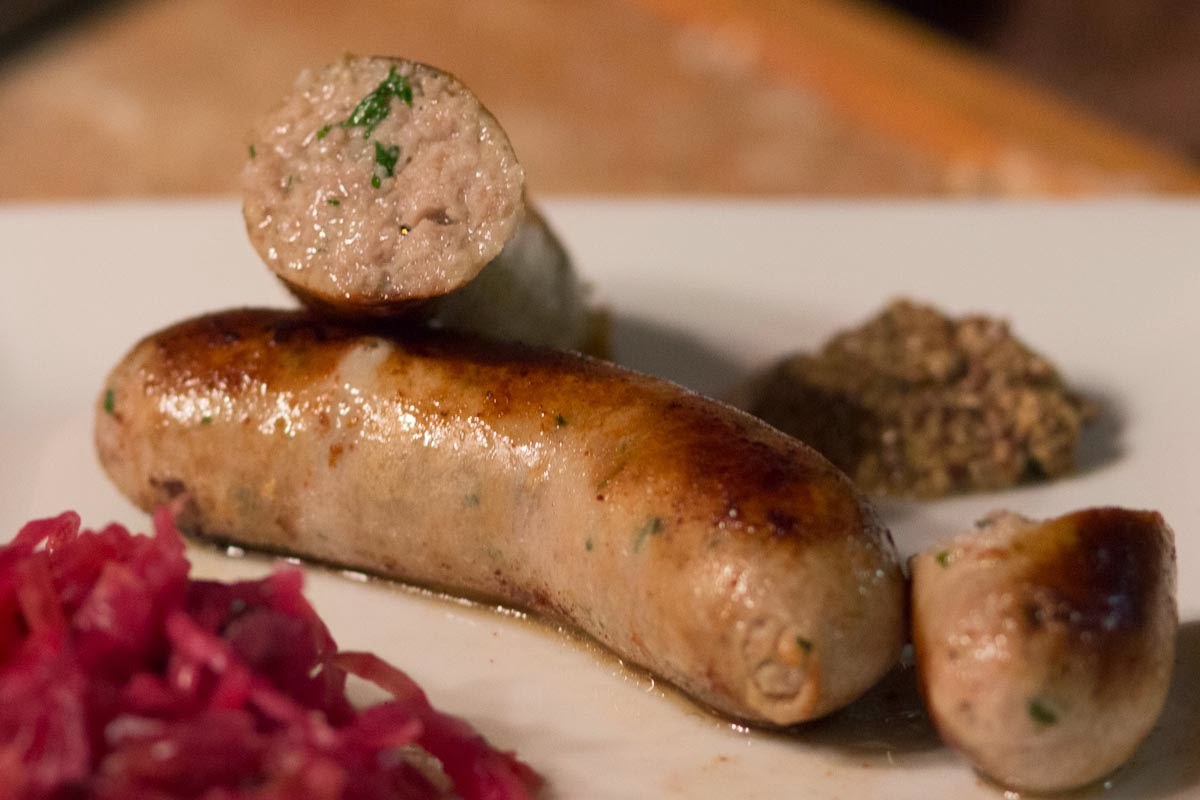Emulsifying Oil and PG: A Step-by-Step Guide
Emulsifying oil and PG (propylene glycol) is a useful technique in the culinary world. Whether you’re creating a salad dressing, marinade, or sauce, emulsification helps blend oil and PG together to create a smooth, cohesive mixture. Here’s a step-by-step guide on how to emulsify oil and PG effectively.
Understanding Emulsification
Before we dive into the process, it’s essential to understand what emulsification is. Emulsification is the process of combining two liquids that don’t naturally mix, such as oil and PG, into a stable, homogeneous mixture. In the case of oil and PG, the goal is to create an emulsion where the oil droplets are dispersed evenly throughout the PG.
Tools and Ingredients
Before you begin emulsifying oil and PG, gather the following tools and ingredients:
- Oil of your choice (e.g., olive oil, vegetable oil)
- Propylene glycol (PG)
- Whisk or blender
- Bowl or container
- Optional: Emulsifying agents such as mustard, honey, or egg yolk
The Emulsification Process
Now, let’s walk through the step-by-step process of emulsifying oil and PG:
- Choose Your Emulsifying Agent: If you’re using an emulsifying agent, such as mustard, honey, or egg yolk, add it to the bowl first. These ingredients contain compounds that help stabilize the emulsion.
- Combine the Oil and PG: In the same bowl, combine the oil and PG in the desired ratio. For a basic vinaigrette, a common ratio is 3 parts oil to 1 part PG.
- Whisk Vigorously: Using a whisk or blender, vigorously mix the oil and PG together. The goal is to break the oil into tiny droplets and disperse them evenly throughout the PG.
- Observe the Emulsion: As you whisk, observe the mixture. If the oil and PG begin to separate, continue whisking until they form a stable emulsion.
Tips for Successful Emulsification
Emulsifying oil and PG can be a bit tricky, but with the right techniques, you can achieve a perfectly emulsified mixture. Here are some tips for successful emulsification:
- Use an Emulsifying Agent: If you’re having trouble achieving a stable emulsion, consider using an emulsifying agent like mustard, honey, or egg yolk. These ingredients contain compounds that help bind the oil and PG together.
- Whisking Technique: When whisking the oil and PG, use quick, circular motions to encourage the formation of small oil droplets and promote even dispersion throughout the PG.
- Temperature Matters: Emulsification is easier at room temperature. If the oil and PG are too cold, warm them slightly to facilitate the emulsification process.
Conclusion
Emulsifying oil and PG is a valuable skill in the kitchen, allowing you to create delicious dressings, sauces, and marinades. By understanding the emulsification process and following the steps outlined above, you can achieve a perfectly blended mixture of oil and PG for your culinary creations.
Experiment with different emulsifying agents and ratios to find the perfect balance for your desired consistency and flavor. With practice, you’ll become a master at emulsifying oil and PG, opening up a world of culinary possibilities.
Was this page helpful?
Read Next: How To Emulsify Oil And Water
